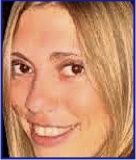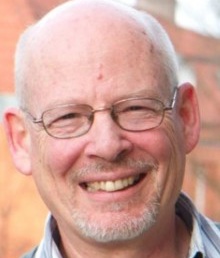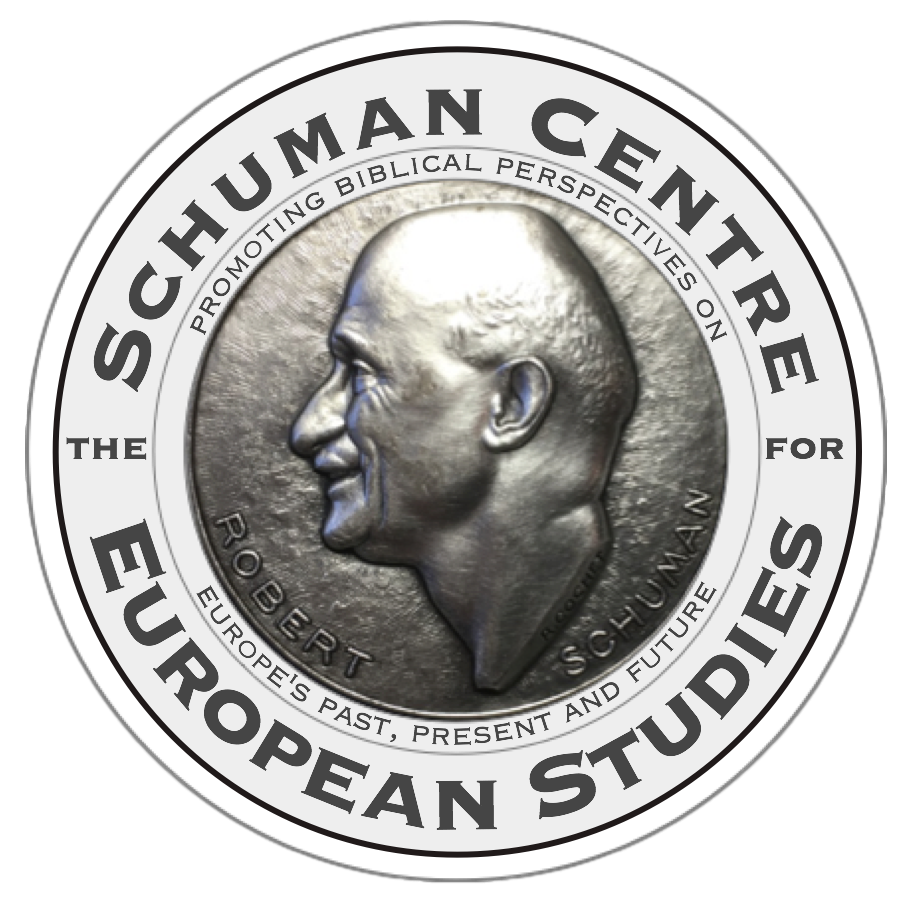New chances for freedom
2015 was surely ‘The European Year of the Migrant’: 920,000 arrived by sea, and a further 34,000 came by land. (In 2014: 214,000 by land and sea). Christians across Europe have responded heroically and are continuing to act on behalf of the migrant. But the problems and tensions are here to stay. How can we become better informed and equipped to respond to what is happening where we live and work? How can we influence our governments to act compassionately and wisely?
Chair: Jonathan Tame
9:30 – 10:45 Session 1:
Introductions
Noemi Montes: Looking for Europe’s freedom
Rima Tüzün: The Plight of the Syrians
Rikko Voorberg: The Appropriate Response (unavailable)
Discussion
11:30 – 12:45 Session 2:
Introduction
Bert de Ruiter: The Migrant Situation in Europe: An Opportunity for the Church to Grow in Grace
Response – Jim Mellis: New European Bridges: What is the Father Doing?
Discussion
Conclusions and prayer
 Noemi Montes, (ES), Spanish radio journalist with a PhD in Political Communication by the Universidad Rey Juan Carlos (Madrid). She is a media lecturer and researcher, and expert on immigration and refugees. She has had several research grants for international projects and won an award for migration studies in Spain. In 2012 she authored Immigration in Spain (2000-2008): Agenda Setting and frame building; Media hypes during crisis; African immigration; the EU and the drama-control frame.
Noemi Montes, (ES), Spanish radio journalist with a PhD in Political Communication by the Universidad Rey Juan Carlos (Madrid). She is a media lecturer and researcher, and expert on immigration and refugees. She has had several research grants for international projects and won an award for migration studies in Spain. In 2012 she authored Immigration in Spain (2000-2008): Agenda Setting and frame building; Media hypes during crisis; African immigration; the EU and the drama-control frame.
 Bert de Ruiter is a staff worker of Operation Mobilization in Europe and the European Evangelical Alliance. He has been involved in Christian-Muslim relations in Europe for almost 30 years. He has an MA in World Evangelization and a D.Min. in Christian-Muslim relations. His two books: A Single Hand Cannot Applaud, and Sharing Lives, aim to help Christians overcome fear of Islam and to engage with and share their lives with Muslims. Bert lives in Amsterdam, is married, and has two children and two grandchildren
Bert de Ruiter is a staff worker of Operation Mobilization in Europe and the European Evangelical Alliance. He has been involved in Christian-Muslim relations in Europe for almost 30 years. He has an MA in World Evangelization and a D.Min. in Christian-Muslim relations. His two books: A Single Hand Cannot Applaud, and Sharing Lives, aim to help Christians overcome fear of Islam and to engage with and share their lives with Muslims. Bert lives in Amsterdam, is married, and has two children and two grandchildren
 Jim Mellis (NL) has lived in Amsterdam with his wife Debbie for over 40 years working primarily within the Muslim community as story-teller, anthropologist and author of The Good News of the Messiah: by the Four Witnesses, Abu Sharif: the mystery of the hundredth name, and others. The Mellises have two adult children.
Jim Mellis (NL) has lived in Amsterdam with his wife Debbie for over 40 years working primarily within the Muslim community as story-teller, anthropologist and author of The Good News of the Messiah: by the Four Witnesses, Abu Sharif: the mystery of the hundredth name, and others. The Mellises have two adult children.
 Rikko Voorberg is theologian and is the new ambassador for TEAR in the Netherlands, in which role he wants to draw attention to the injustices done to refugees. As pastor of the PopUpChurch in Amsterdam, he uses artistic presentations to engage his audience in current issues of justice and will shortly launch a theatre tour in the Netherlands focusing on poverty. Recently he visited Lesbos and Idomeni in Greece to observe firsthand the conditions of the refugees.
Rikko Voorberg is theologian and is the new ambassador for TEAR in the Netherlands, in which role he wants to draw attention to the injustices done to refugees. As pastor of the PopUpChurch in Amsterdam, he uses artistic presentations to engage his audience in current issues of justice and will shortly launch a theatre tour in the Netherlands focusing on poverty. Recently he visited Lesbos and Idomeni in Greece to observe firsthand the conditions of the refugees.
Session 1
Noemi Montes: Looking for Europe’s freedom
Rima Tüzün: The plight of the Syrians
SYRIACS: OUR IDENTITY.
SYRIAC PEOPLE, ALSO KNOWN AS CHALDEAN, ASSYRIAN AND ARAMEAN, ARE INDIGENOUS PEOPLE OF THE MIDDLE EAST. SYRIAC PEOPLE ARE NOT A PEOPLE WHO SETTLED IN THE MIDDLE EAST AND MESOPOTAMIA BY WAVE OF MIGRATION OR AS INVADERS. THEY ARE AUTOCHTHONES IN THE LEVANT AND THEY CONSERVED THEIR PRESENCE DURING CENTURIES DESPITE ALL DIFFICULTIES. THEY ARE THE MOST ANCIENT AND DEEPLY ROOTED PEOPLE AMONG THE MIDDLE EASTERN NATIONS.
The homeland of Syriac people is Bethnahrin (Mesopotamia). Bethnahrin means the land between two rivers namely; Euphrates and Tigris. Ancient Mesopotamian civilization is the cradle of the human development, discoveries, innovations and footprint to several other vital and important issues of history of mankind. Read more…
James K. Mellis: New European Bridges: What is the Father Doing?
Zichtbare verandering
Als theoloog realiseert Voorberg kunstinstallaties, schrijft hij en richtte hij de op. Hij reisde met die kerk naar Lesbos en Idomeni om met eigen ogen te zien hoe Europa omgaat met vluchtelingen.

